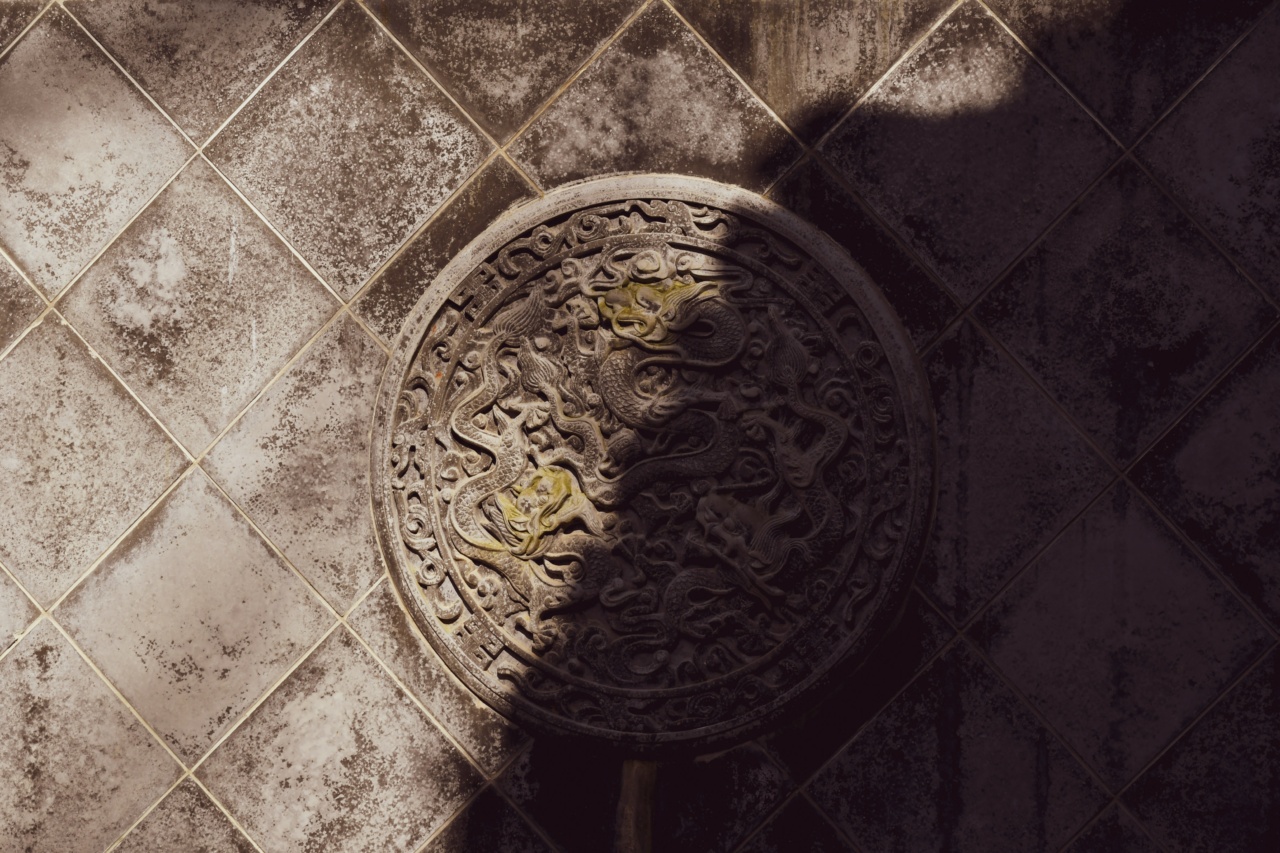Panic attacks are a common occurrence for many people. They can happen unexpectedly and leave you feeling helpless and overwhelmed.
The good news is that there are techniques you can use to help calm yourself down during a panic attack and prevent them from happening in the future. Here are some tips to get you started.
Understanding Panic Attacks
The first step in dealing with panic attacks is understanding what they are and why they happen. Panic attacks are sudden surges of intense fear or discomfort that can come on quickly and without warning.
During a panic attack, you may experience symptoms such as:.
- Racing heart
- Sweating
- Trembling or shaking
- Shortness of breath
- Feeling lightheaded or dizzy
- Nausea or stomach discomfort
- Feeling like you are choking or have a lump in your throat
- Numbness or tingling sensations in your fingers or toes
- Feeling like you are losing control or going crazy
- Fear of dying
These symptoms can be very alarming and can make you feel like you are in danger, even if you are not. The good news is that panic attacks are not dangerous, and they typically only last a few minutes.
However, they can be very distressing and can interfere with your daily life if they happen frequently.
Techniques for Quick Relief
If you are in the middle of a panic attack, there are techniques you can use to help calm yourself down quickly. Here are a few to try:.
1. Deep Breathing
Deep breathing is a simple and effective way to calm yourself down during a panic attack. Focus on taking slow, deep breaths in through your nose and out through your mouth.
Try this technique:.
- Find a quiet place where you can sit down.
- Close your eyes and take a deep breath in through your nose.
- Hold the breath for a few seconds.
- Slowly exhale through your mouth.
- Repeat this process for a few minutes, focusing on your breathing and nothing else.
2. Progressive Muscle Relaxation
Progressive muscle relaxation involves tensing and relaxing different muscle groups in your body. This technique can help relieve muscle tension and reduce feelings of anxiety.
Try this technique:.
- Find a quiet place where you can sit down or lie down.
- Close your eyes and focus on your breathing.
- Tense the muscles in your feet and hold for a few seconds.
- Relax the muscles in your feet and notice the sensation of relaxation.
- Move on to the muscles in your legs, thighs, stomach, chest, arms, and face, tensing and relaxing each muscle group in turn.
- Take a deep breath and exhale slowly.
3. Visualization
Visualization involves picturing a calming scene in your mind. This technique can help distract you from the panic attack and reduce feelings of anxiety.
Try this technique:.
- Find a quiet place where you can sit down.
- Close your eyes and take a deep breath in through your nose.
- As you exhale, picture a calming scene in your mind, such as a beach, a forest, or a meadow.
- Try to use all of your senses as you picture the scene, such as the sound of the waves, the feel of the sand, or the smell of the trees.
- Stay with this image for a few minutes, focusing on the calming sensations it creates.
Preventing Panic Attacks
While techniques for quick relief can be helpful, the best way to deal with panic attacks is to prevent them from happening in the first place. Here are some tips to help you do that:.
1. Identify Triggers
Take note of situations or events that seem to trigger your panic attacks. This can include things like stress, caffeine, alcohol, or certain social situations.
Once you have identified your triggers, you can take steps to avoid them or prepare yourself for them ahead of time.
2. Practice Relaxation Techniques
Regularly practicing relaxation techniques like deep breathing, progressive muscle relaxation, and visualization can help reduce feelings of anxiety and prevent panic attacks from occurring.
Make time each day to practice these techniques, even if you are not feeling particularly anxious. This will help you build your skills and make them more effective in times of stress.
3. Get Enough Sleep
Lack of sleep can make you more vulnerable to panic attacks. Make sure you are getting enough sleep each night, and establish a consistent sleep schedule if possible.
Avoid caffeine and alcohol before bedtime, and try to wind down with relaxing activities like reading or taking a bath.
4. Exercise Regularly
Regular exercise can be an effective way to reduce stress and anxiety and prevent panic attacks. Find an exercise you enjoy, whether it’s yoga, running, or swimming, and make it a regular part of your routine.
Try to exercise for at least 30 minutes a day, five days a week.
Conclusion
Panic attacks can be a frightening experience, but there are techniques you can use to help calm yourself down and prevent them from happening in the future.
By understanding what triggers your panic attacks and practicing relaxation techniques regularly, you can take control of your anxiety and live a more peaceful life.































